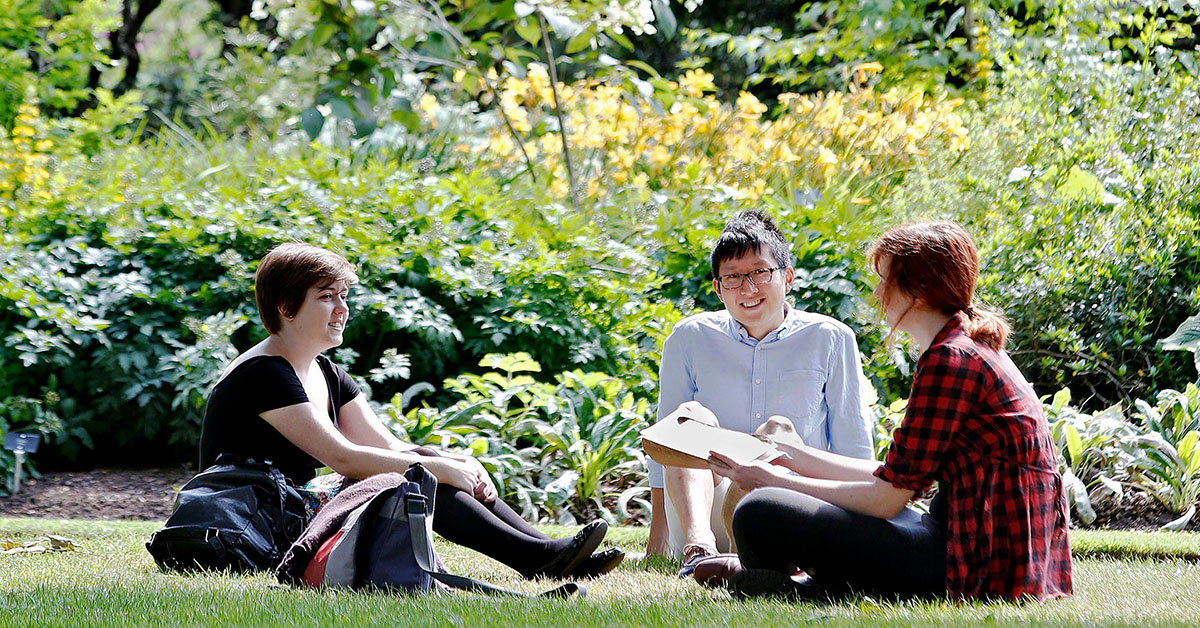Tag: National Museums Scotland
Good question. Luckily, Tristan [MA (Hons) Ancient and Medieval History] can help answer that. In the 18th Century Edinburgh designated itself the ‘Athens of the North’, and wandering through the city centre it’s not hard to see why. Okay, after twenty-something years in the Scottish capital I’m admittedly a little biased. But what isn’t to […]
We have some impressive neighbours, including the National Museum of Scotland. Student Ambassador Carlotta visits an exhibition there. Last week I visited the Wildlife Photographer of the Year exhibition at the National Museum of Scotland. The exhibition shows the hundred finalists and two overall winners of the Wildlife Photographer of the Year awards, run by […]


